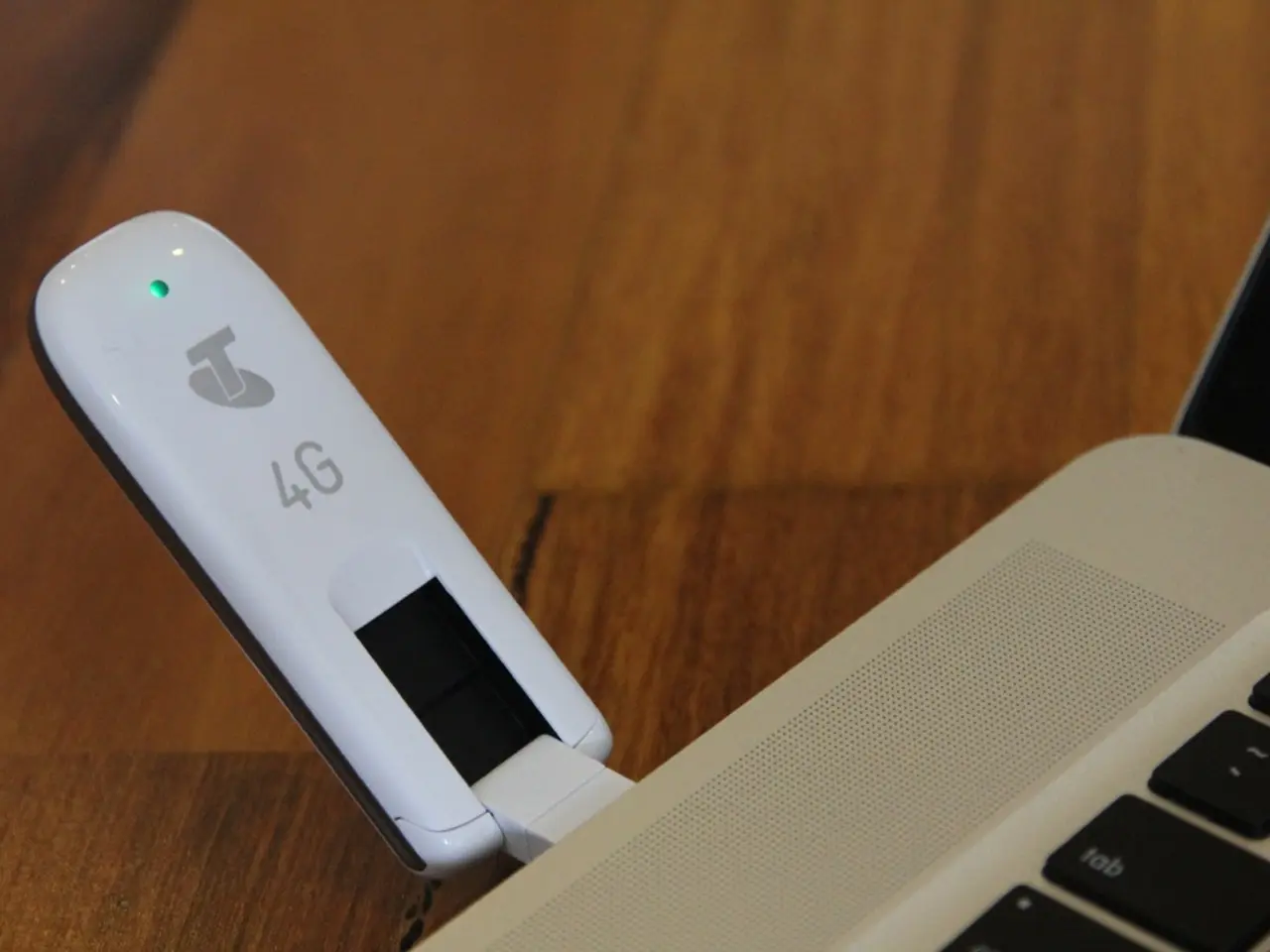Healthcare Institutions Examining Comprehensive Perspectives on Medical Equipment Safety
In the rapidly evolving digital landscape of healthcare, the importance of securing connected medical devices has never been greater. According to recent reports, IoT malware attacks in the healthcare sector increased by 33 percent last year, making it the second most targeted industry for such threats [1]. To counteract this growing risk, healthcare organisations are adopting a zero-trust perspective, implementing multi-layered strategies that prioritise rigorous verification and network segmentation.
One key action is the implementation of a real-time device inventory and network segmentation. Maintaining a dynamic inventory of all connected medical devices and segmenting the network by device function and risk level helps limit the lateral movement of threats during a breach and isolates critical systems to protect sensitive data and devices [1][2].
Adopting zero-trust principles for device access is another crucial step. This means enforcing the principle of "never trust, always verify" by requiring authentication and authorization for every device and user access request, regardless of origin. Role-based access controls, multi-factor authentication, and continuous monitoring are essential tools in ensuring that only authorised entities can communicate with connected medical devices [1][2][5].
Mutual authentication and encryption are also vital components of a robust connected device security strategy. Requiring devices to use authentic digital certificates and strong encryption standards ensures mutual authentication to prevent unauthorised device connection and data interception [2].
AI-driven behavioural monitoring is another effective approach. By leveraging machine learning analytics, healthcare organisations can detect anomalies in device behaviour such as unusual data flows or communication patterns, which may indicate security threats [1].
In addition to these measures, a breach-readiness mindset is essential. Assuming breaches will occur and focusing on limiting their impact and maintaining business continuity is key. Combining Endpoint Detection and Response (EDR) solutions with microsegmentation enhances containment, allowing only authorised east-west network traffic and stopping unauthorised movement inside the network [5].
Regulatory guidance and continuous updates are also important. Regularly applying security patches and vulnerability assessments in line with FDA and other cybersecurity guidance helps keep devices secure against evolving threats [3].
Collaboration between IT, clinical, and administrative teams is also crucial in building a resilient security culture that prioritises patient safety and operational continuity [1].
Harris Health System, for instance, uses an Internet of Medical Things monitoring solution to maintain situational awareness of medical devices and neutralise them if configured improperly. Meanwhile, Franciscan Alliance uses the Ordr Connected Device Security platform to manage device inventory and maintain situational awareness of its network [2].
Yale New Haven Health, another healthcare organisation, uses Medigate to track the inventory of devices and reduce the time required to receive notifications of infusion pump vulnerabilities [2]. ServiceNow is used by Franciscan Alliance as its asset management system to maintain a rich data set of all resources on its network [2].
Despite these efforts, challenges remain, particularly in providing the right amount of access for devices to communicate. Balancing security with functionality is a delicate task, but one that is essential in ensuring the safe and effective operation of connected medical devices.
In conclusion, by integrating these zero-trust practices, healthcare organisations can create a robust defence around connected medical devices, ensuring secure communications, minimising attack surfaces, and maintaining uninterrupted, safe patient care in increasingly digital healthcare environments.
[1] Healthcare IT News (2021) [online] Available at: https://www.healthcareitnews.com/news/how-healthcare-can-secure-connected-medical-devices [2] Healthcare IT Today (2021) [online] Available at: https://www.healthcareitoday.com/news/franciscan-alliance-leverages-ordr-connected-device-security-platform [3] FDA (2021) [online] Available at: https://www.fda.gov/medical-devices/cybersecurity/medical-device-security [4] Medigate (2021) [online] Available at: https://www.medigate.io/ [5] Forbes (2021) [online] Available at: https://www.forbes.com/sites/forbestechcouncil/2021/03/17/how-to-secure-connected-medical-devices-in-healthcare/?sh=74e41f263186
- The implementation of AI-driven behavioral monitoring in technology can help detect anomalies in medical-conditions related devices, thereby aiding in the early detection of potential cybersecurity threats.
- Collaboration between scientific research and technology development is crucial in addressing the challenges of providing the right amount of access for devices to communicate in the context of medical-conditions, ensuring a balance between security and functionality.




